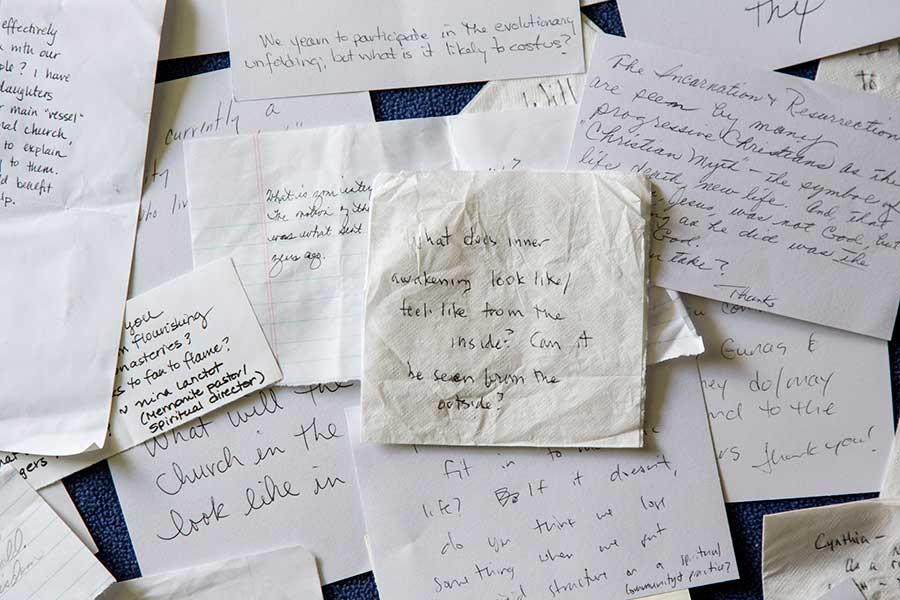Hello Cynthia,
Regarding Centering Prayer, must I use a Prayer Word when I find myself engaged in a thought? Can I not simply drop the thought and return to being open to God? To me saying the word seems like an extra, unnecessary step. Or is there something about the Sacred Word that I’m missing?
God bless,
Petrus
Dear Petrus,
You are quite right, Petrus, that you don’t HAVE to use the Word; the transformative power lies in the action of the release itself. But the Word does not technically add another step; rather, it helps program the unconscious to recognize quickly when it has been caught in thinking and to release promptly; otherwise you can just daydream your way through long stretches of your meditation without even noticing. While the classic Centering Prayer instructions make this look like a two-step process (first you “notice” that you’re thinking; then you “use” the word to release your thought), actually the two actions are happening simultaneously, and it’s the word, intentionally programmed into your unconscious as “the symbol of your willingness to consent to the presence and action of God” that in fact notices when you’ve slipped into daydreaming and manifests itself in your conscious awareness as a kind if gentle wake-up bell.
By the way, David Frenette covers this terrain quite helpfully in his book The Path of Centering Prayer. In addition to the Sacred Word, he explores three other options: the sacred glance, the sacred breath, and “the sacred nothing.” What you’re proposing comes closest to this last category, and it’s the place many very mature Centering Prayer practitioners wind up (including Thomas Keating), once the gesture has become deeply imprinted in their being. But until your intention can really powerfully hold its own as a stable field of awareness, it’s easy for daydreaming and woolgathering to slip in the back door. If you find your attentiveness stagnating—getting dull or daydreamy—a return to regular use of the Word will help clear the air.
Blessings,



